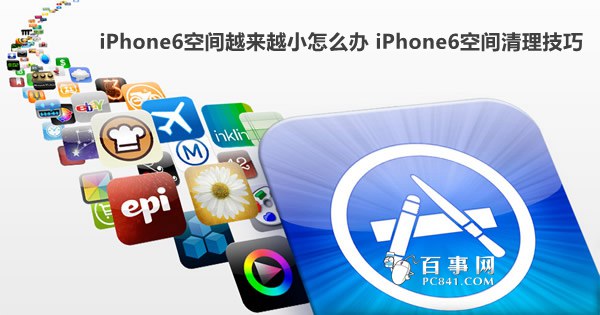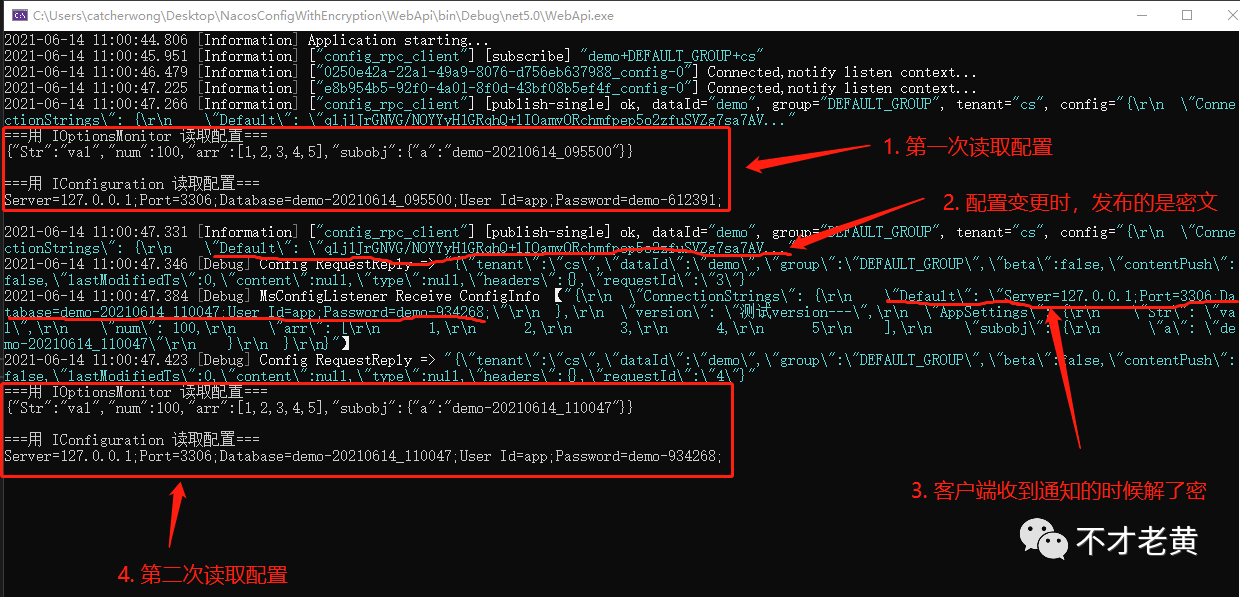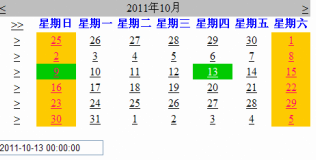江南的古屋主要以青砖为材料,砖与砖的缝隙里挤挤挨挨地塞满了苔藓与野草,几根木制的横梁点缀其间。
该购物车的功能如下: . 通过ajax实现添加和删除车上的物品。
. 删除的物品会显示出来,可以重新添加到购物车。
. 嗯...没有了,具体大家接着看吧。 购物车的结构我打算用一个table来展示,在UserControl里使用ListView展现购物车的物品(因为比拼接字符串要容易维护的多)。具体代码如下(ShopCartTest.ascx):
<asp:ListView ID="ListView1" runat="server">
<LayoutTemplate>
<table runat="server" cellpadding='0' cellspacing='0' width='100%'>
<tr>
<td width='7%' style='height: 30px'>
商品编号
</td>
<td>
商品名称
</td>
<td width='10%'>
京东价
</td>
<td width='8%'>
返现
</td>
<td width='8%'>
赠送积分
</td>
<td width='9%'>
商品数量
</td>
<td width='7%'>
删除商品
</td>
</tr>
<tr runat="server" id="itemPlaceholder" />
<tr>
<td colspan='7' style='height: 30px'>
重量总计:<%= this.GetProductsWeight() %>kg原始金额:¥307.00元 - 返现:¥0.00元<br />
<span style='font-size: 14px'><b>商品总金额(不含运费):<span id='cartBottom_price'>¥307.00</span>元</b></span>
</td>
</tr>
</table>
</LayoutTemplate>
<ItemTemplate>
<tr>
<td style='padding: 5px 0 5px 0;'>
<%#(Container.DataItem as Product).ID %>
</td>
<td>
<a target='_blank' rel="nofollow noopener noreferrer" href='http://www.xxx.com/product/<%#(Container.DataItem as Product).ID %>.html'>
<%#(Container.DataItem as Product).Name %></a>
</td>
<td>
<span>
<%#(Container.DataItem as Product).Price %></span>
</td>
<td>
<%#(Container.DataItem as Product).BackMoney %>
</td>
<td>
<%#(Container.DataItem as Product).Score %>
</td>
<td>
<a rel="nofollow noopener noreferrer" href='#none' title="减一" onclick="changeCount('-','<%#(Container.DataItem as Product).ID %>','sku');"
style='text-decoration: none'>-</a><input type='text' id='txt<%#(Container.DataItem as Product).ID %>'
name='txtChange<%#(Container.DataItem as Product).ID %>' maxlength='4' style='width: 30px'
value='<%#(Container.DataItem as Product).Count %>' /><a rel="nofollow noopener noreferrer" href='#none' title="加一"
onclick="changeCount('+','<%#(Container.DataItem as Product).ID %>');" style='text-decoration: none'>+</a>
</td>
<td>
<a rel="nofollow noopener noreferrer" href='#none' id='btn_del_173259' onclick="removeProductOnShoppingCart('<%#(Container.DataItem as Product).ID %>',this)">
删除</a>
</td>
</tr>
</ItemTemplate>
</asp:ListView>
我想大家应不用我解释代码的意思了,很简单。
后台代码如下:
public partial class ShopCartTest : System.Web.UI.UserControl
{
List<Product> productsList = null;
protected override void OnPreRender(EventArgs e)
{
base.OnPreRender(e);
switch (Acion)
{
case "removeProductOnShoppingCart":
productsList = Product.GetProductsInCart(ProductID);
break;
case "changeProductCount":
productsList = Product.GetProductsInCart(null);
foreach (var item in productsList)
{
if (item.ID == ProductID)
{
item.Count = "3";
}
}
break;
case "AddProduct":
productsList = Product.GetProductsInCart(null);
productsList.Add(new Product() { ID = "173233", Name = "ElandMX9470", Price = "399.00", BackMoney = "0.00", Score = "0", Count = "1" });
break;
default:
productsList = Product.GetProductsInCart(ProductID);
break;
}
ListView1.DataSource = productsList;
ListView1.DataBind();
}
public string GetProductsWeight()
{
return Product.GetProductsInCart(ProductID).Sum(p => decimal.Parse(p.Price) * decimal.Parse(p.Count)).ToString();
}
public string GetProductsOriginalPrice()
{
return Product.GetProductsInCart(ProductID).Sum(p => decimal.Parse(p.Price) * decimal.Parse(p.Count)).ToString();
}
public string ProductID { get; set; }
public string Acion { get; set; }
}
把对购物车的逻辑都写到这里面,通过action来判断是什么操作,一样简单的代码。再来看看Product类:
public class Product
{
public string ID { get; set; }
public string Name { get; set; }
public string Price { get; set; }
public string BackMoney { get; set; }
public string Score { get; set; }
public string Count { get; set; } public static List<Product> GetProductsInCart(string productID)
{
List<Product> list = new List<Product>()
{
new Product{ID="173259",Name="毛毛仔妮妮熊MX9470",Price="99.00",BackMoney="0.00",Score="0",Count="1"},
new Product{ID="155097",Name="xxxxxx新款轻巧便携式电脑桌(送鼠标垫)",Price="79.00",BackMoney="¥0.00",Score="0",Count="1"},
new Product{ID="155098",Name="xxxxxx护眼台灯(理想)STL-T412W-03WT",Price="69.00",BackMoney="¥0.00",Score="0",Count="1"}
};
return list.Where(p => { return p.ID != productID; }).ToList();
}
}
接下来在ShopCartDetail.aspx页面使用该UserControl:
<div id="products">
<demo:ShopCartTest ID="ShopCartTest1" runat="server" />
</div>
通过ajax使用购物车还需要两个类:
public class GetProducts : IHttpHandler
{
public void ProcessRequest(HttpContext context)
{
context.Response.ContentType = "text/plain";
ViewManager<ShopCartTest> viewManager = new ViewManager<ShopCartTest>();
ShopCartTest control = viewManager.LoadViewControl("~/ShopCartTest.ascx");
control.ProductID = context.Request.QueryString["productId"];
control.Acion = context.Request.QueryString["action"];
context.Response.Write(viewManager.RenderView(control));
}
public bool IsReusable
{
get
{
return false;
}
}
}
public class ViewManager<T> where T : UserControl
{
private Page m_pageHolder;
public T LoadViewControl(string path)
{
m_pageHolder = new Page();
return this.m_pageHolder.LoadControl(path) as T;
}
public string RenderView(T control)
{
StringWriter output = new StringWriter();
this.m_pageHolder.Controls.Add(control);
HttpContext.Current.Server.Execute(this.m_pageHolder, output, false);
return output.ToString();
}
}
这两个类是参考老赵提出来的方案完成,具体原理,你可以看这里。
剩下来都是javascript了,这里我并没有使用任何类库或者框架。代码如下:
function ajaxCommon(requst) {
2 var xmlHttp = false;
3 if (window.ActiveXObject) {
4 xmlHttp = new ActiveXObject("Microsoft.XMLHTTP");
5 }
6 else {
7 if (window.XMLHttpRequest) {
8 xmlHttp = new XMLHttpRequest();
9 }
}
xmlHttp.onreadystatechange = function() { getAjaxValue(xmlHttp) }
xmlHttp.open("GET", "/GetProducts.ashx" + '?roid=' + Math.random() + '&' + requst);
xmlHttp.send(null);
}
function getAjaxValue(xmlHttp) {
if (xmlHttp.readyState == 4) {
if (xmlHttp.status == 200) {
document.getElementById("products").innerHTML = xmlHttp.responseText;
}
}
}
function addProduct(productID, productCount) {
ajaxCommon("action=AddProduct&productId=" + productID + "&productCount=" + productCount);
}
function removeProductOnShoppingCart(productId, obj) {
debugger;
setDelProduct(obj, productId);
ajaxCommon("action=removeProductOnShoppingCart&productId=" + productId);
setDelProductShow();
}
function changeCount(type, productID) {
var changeCount = 0;
var txtCount = 0;
if (type == "-") {
changeCount = -1;
}
if (type == "+") {
changeCount = 1;
}
txtCount = document.getElementById("txt" + productID).value;
ajaxCommon("action=changeProductCount&productId=" + productID + "&productCount=" + txtCount);
}
function DeledProductInfo() {
this.ID = '';
this.Name = '';
this.Price = '';
this.Count = '';
}
var delProduct = null;
function setDelProduct(obj, productID) {
try {
delProduct = new DeledProductInfo();
var trObj = obj.parentNode.parentNode;
delProduct.ID = trObj.cells[0].innerHTML;
delProduct.Name = trObj.cells[1].innerHTML;
delProduct.Price = trObj.cells[2].innerHTML;
delProduct.Count = document.getElementById('txt' + productID).value;
} catch (e) { }
}
function setDelProductShow() {
try {
if (document.getElementById('divDeledProduct') == null) return;
if (delProduct != null && delProduct.ID != '') {
var dHtml = "<table><tr>";
dHtml += "<td style='width:70px'>" + delProduct.ID + "</td>";
dHtml += "<td style='text-align:left'>" + delProduct.Name + "</td>";
dHtml += "<td>" + delProduct.Price + "</td>";
dHtml += "<td>" + delProduct.Count + "</td>";
dHtml += "<td><a rel="nofollow noopener noreferrer" href='#none' onclick=\"addProduct('" + delProduct.ID + "','" + delProduct.Count + "');reAddedProduct('delProduct" + delProduct.ID + "');\">重新购买</a></td>";
dHtml += "</tr></table>";
document.getElementById('divDeledProduct').style.display = '';
document.getElementById('divDeledProduct').innerHTML += "<div id='delProduct" + delProduct.ID + "'>" + dHtml + "</div>";
}
delProduct = null;
} catch (e) { }
}
function reAddedProduct(reAddDivId) {
try {
debugger;
document.getElementById('divDeledProduct').removeChild(document.getElementById(reAddDivId));
if (document.getElementById('divDeledProduct').childNodes.length == 0) {
document.getElementById('divDeledProduct').style.display = 'none';
}
} catch (e) { }
}
代码依旧很容易看懂,需要解释的就是删除的操作,分为三步:
将需要删除的物品先保存起来:setDelProduct(obj, productId);
在后台购物车清单上面将物品删除,并返回删除后的物品清单:ajaxCommon("action=removeProductOnShoppingCart&productId=" + productId);
将删除的物品输出,放到已删除列表(完全在客户端操作):setDelProductShow();
还有从删除列表中将删除的物品重新添加到购物车当中,分为两步:
在后台将物品添加到物品清单(和直接添加物品调用同一个方法):addProduct
从已删除列表中将该物品删除(完全在客户端操作):reAddedProduct
这样,一个基本的购物车就完成了。但是具体对于数据的操作,需要您进一步处理。本文对于数据的操作只是示例而已。
本文asp.net 购物车的实现浅析到此结束。要纠正别人之前,先反省自我有没有犯错。小编再次感谢大家对我们的支持!





